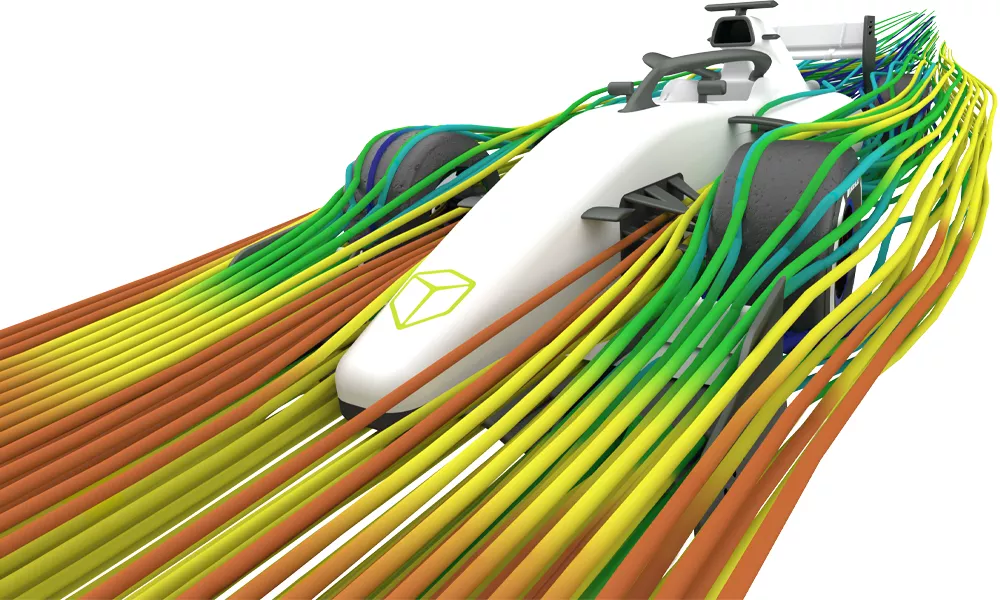A Customer Story: Wilson Case
Structural Design & Analysis Powered by the Cloud

Industry:
Packaging & Container Manufacturing
Location:
Hastings, NE
"Providing customers with the results of simulations represents added value that contributes to improved customer satisfaction."

David Daou
Simulation Engineer
Wilson Case
About Wilson Case
Wilson Case is a leading designer and manufacturer of ATA-300 (Category I) shipping cases. With nearly 50 years in business, their products protect everything from athletic equipment to mirrors for the James Webb Space Telescope. As customer demands in product performance have become louder and more specific, they found themselves needing a new level of simulation in order to affordably develop new cases to specific requirements.
David Daou's research led him to investigate 3DEXPERIENCE SIMULATION tools with GoEngineer. Our simuation team worked closely with David to assess his needs and propose the appropriate solutions. We demonstrated how 3DEXPERIENCE STRUCTURAL could accomplish the high-fidelity, high-accuracy simulations that he aspired to do, using his product data. This, plus simulation support and training from GoEngineer's consulting engineers, gave David the confidence to take this big and impactful step into advanced simulation as a SOLIDWORKS user.
Insights from Wilson Case
We caught up with David recently to get his thoughts on adopting new simulation tools and the 3DEXPERIENCE Platform. Here is our exclusive interview:
GoEngineer: There is a lot at stake when adopting new product development tools – these are high-impact choices for the business. How did you make sure you were on the right path?
David: Adopting new product development tools can be a daunting task, especially if you need to conduct thorough research on available tools in the market. Factors such as features, compatibility, scalability, and user reviews were all really important to us in the selection process. We knew we were on the right path after clearly defining the goals and requirements of our product development process and identifying specific challenges. Some of the challenges we were facing were:
- How much weight can the shipping case hold?
- How many cases can be stacked on top of each other?
- What will happen to the contents of the shipping case in the event of a drop or impact?
We explored various alternatives such as physical testing machines, drop test equipment, compression tester, and vibration test equipment before settling on simulation as the preferred solution. Simulation would enable iterative design improvement and can also predict and mitigate potential risks of damage during shipping, before the product is even built.
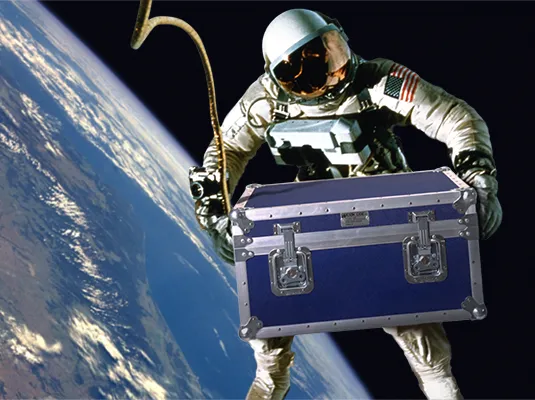
You ultimately decided to go above and beyond the standard with your use of simulation. How did GoEngineer’s simulation team help you achieve your goals?
First, I want to express my sincere appreciation for the indispensable support of GoEngineer’s simulation team. Their support has played a pivotal role in helping us achieve our project goals using SOLIDWORKS Simulation Professional & 3DEXPERIENCE Structural Mechanics Engineer.
The team’s commitment to excellence and their collaborative approach have created an environment where we feel supported and confident in utilizing these tools. They helped us in understanding our needs and why we wanted to implement simulations in our operations, then they created a case demo for us, showing how simulation could effectively help us address specific challenges. Then, they took a step further by providing means to help us get up to speed. And now, we’re refining our simulation processes and exploring advanced features of the simulation software tools.
As a SOLIDWORKS user, what was it like starting to use the 3DEXPERIENCE Platform for simulation? Have your feelings changed over time?
It was simple and straightforward starting to use the 3DEXPERIENCE Platform for simulation because of the ease of the SOLIDWORKS connector, which allows you to push your simulations from within SOLIDWORKS Simulation to the 3DEXPERIENCE Platform. Once your simulation study is up on the Platform, all you need to do at that point is just make a few adjustments and run your simulation study. Or, you can just push your model from SOLIDWORKS to the Platform and set up your simulation study exclusively on the Platform side.
I’ve been using the 3DEXPERIENCE Platform for the past year, and my experience has been consistently positive. The user interface is very intuitive to me. I appreciate the software's ability to handle complex structural analyses. The regular updates and improvements have also contributed to a smoother and more productive workflow.
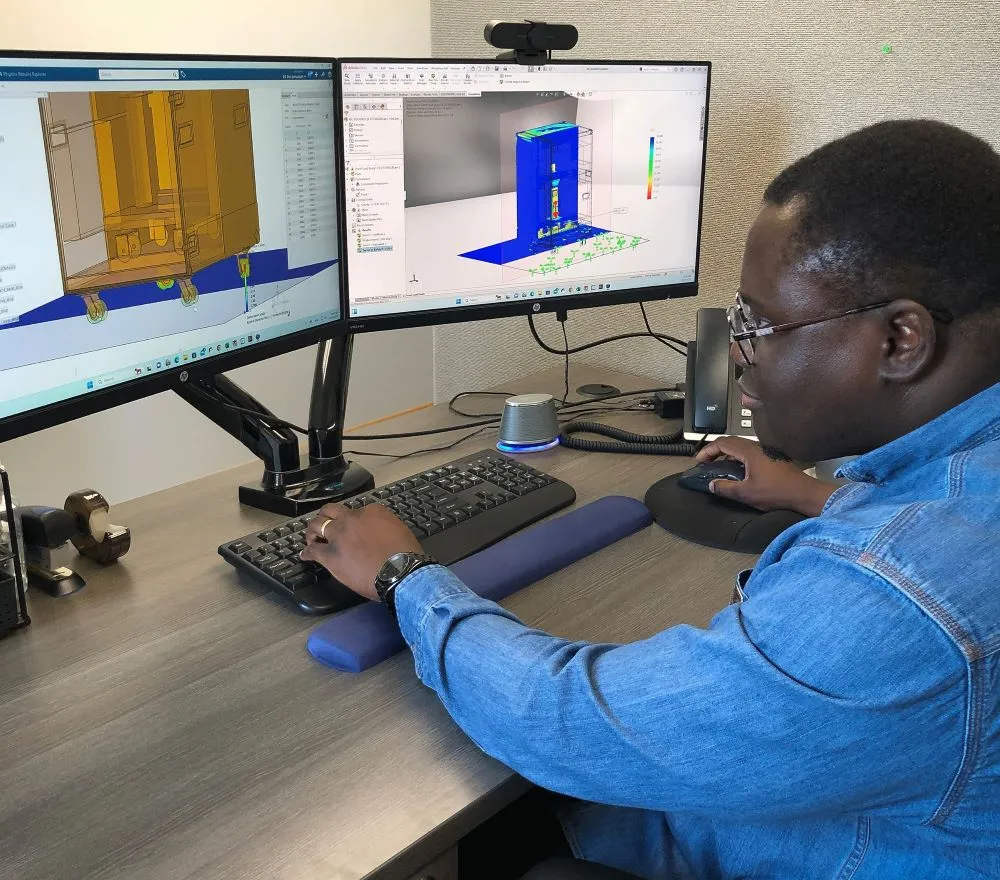
How is your simulation journey going? What excites you the most about the simulation you’re doing?
My simulation journey has been quite exhilarating! The ability to virtually model and test different scenarios has transformed the way we approach product development. What excites me the most is the speed and accuracy with which we can analyze complex structures and predict their behavior in the scenarios that our customers expect to experience. The simulations have become an invaluable tool for optimizing designs, reducing development time, and ultimately ensuring the robustness of our products.
Any words of advice for companies looking into simulation right now?
For companies that are looking into simulation right now, I’d say that embracing simulation in your organization's operations can be a transformative step towards efficiency, innovation, and overall success.
The ability to simulate and analyze complex structures provides invaluable insights, enabling informed decision-making, reducing costs, and accelerating product concept development.
Insights from the Sim Team
Shaun Bentley from the GoEngineer simulation team served as technical lead with Wilson Case. Here's what he had to say:
GoEngineer: Wilson Case is introducing a new critical link (virtual prototyping) into their value chain. What do you think has most contributed to their success so far?
Shaun: A big factor was enabling David to connect with key resources on our team. We have many specialists with strengths in different software capabilities and industry experience; and thanks to our sim consulting business, that experience is very current. With the right experts on the call, we were able to make each interaction with David a productive one.
Other factors that also made a big difference:
- David and his team communicated their needs very well, which made our job easy in finding the appropriate solution from a very large SIMULIA/3DEXPERIENCE portfolio.
- They were also very inquisitive with our Abaqus and 3DEXPERIENCE technical experts, which meant we could share a lot of good information that helped their decision making.
- They worked closely with us on an individual user level, so we could provide personalized training rather than one-size-fits-all.
As one of our simulation experts, what technical aspects of working with Wilson Case did you find particularly interesting or engaging?
It was engaging for me to try to take David’s technical challenges and break them into their components, then to construct personalized training modules around each component. For example, their designs consist of many rivets, which posed a challenge that SIMULIA has capability to address through material damage simulation. Creating a custom training module for David showing a dynamic impact load with a rivet snapping was probably one of the highlights for me.
Additional Resources
Take Advantage of GoEngineer’s Extensive Knowledge Base and Resources

Find a Solution
Our robust Knowledge Base contains over 12,000 resources to help answer your product design questions. From basic CAD questions to in-depth guides and tutorials, find your solution here. Find a Solution
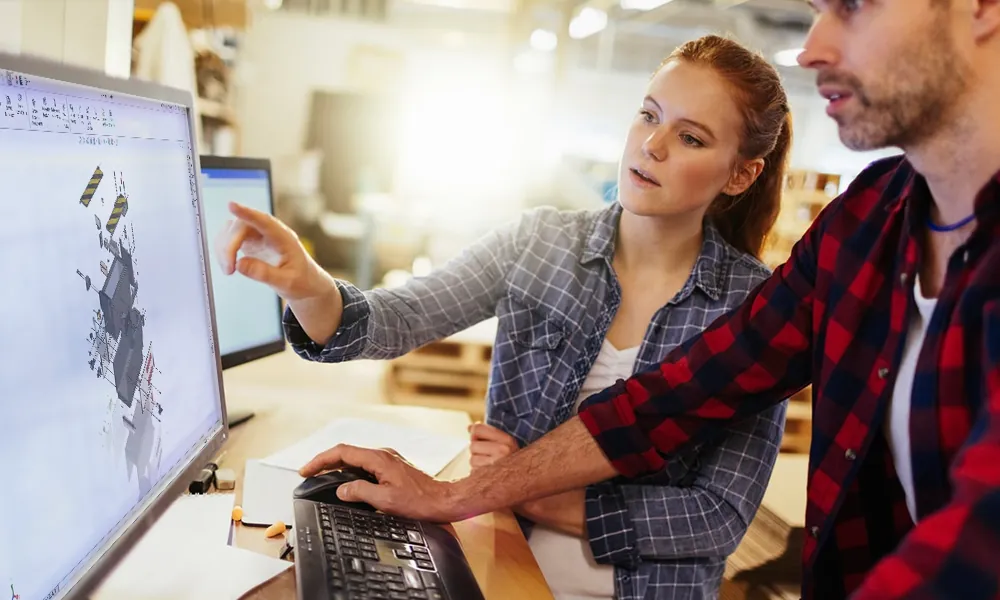
PROFESSIONAL TRAINING
Improve your skills with professional training and certifications in SOLIDWORKS, CAM, 3D Printing, and 3D Scanning offered four ways: self-paced, online, on-site, or in-classroom. Certified Training Courses

BLOG
#1 Technical Resource Worldwide - Right at your fingertips. Search or browse through hundreds of SOLIDWORKS tips & tricks, additive manufacturing product developments, announcements, how-to guides, and tutorials. Blog

YouTube Channel
Our YouTube channel hosts hundreds of educational tutorials, product demonstrations, recorded webinars, and best practices for all of our products and services. GoEngineer's YouTube Channel
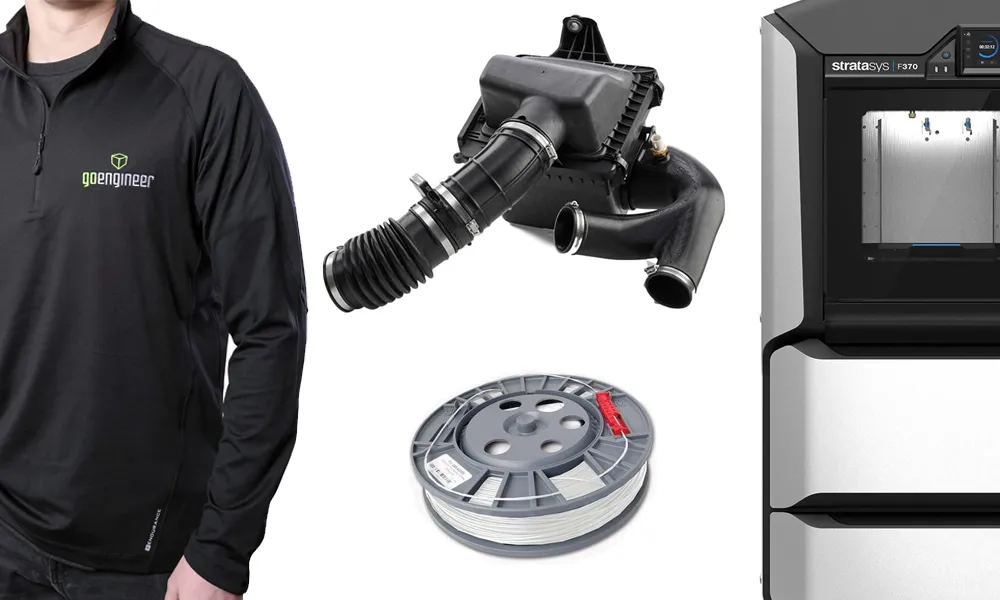
ONLINE STORE
Order 3D printing materials and consumables, enroll in SOLIDWORKS training classes, and buy official GoEngineer gear directly from our online store. Online Store
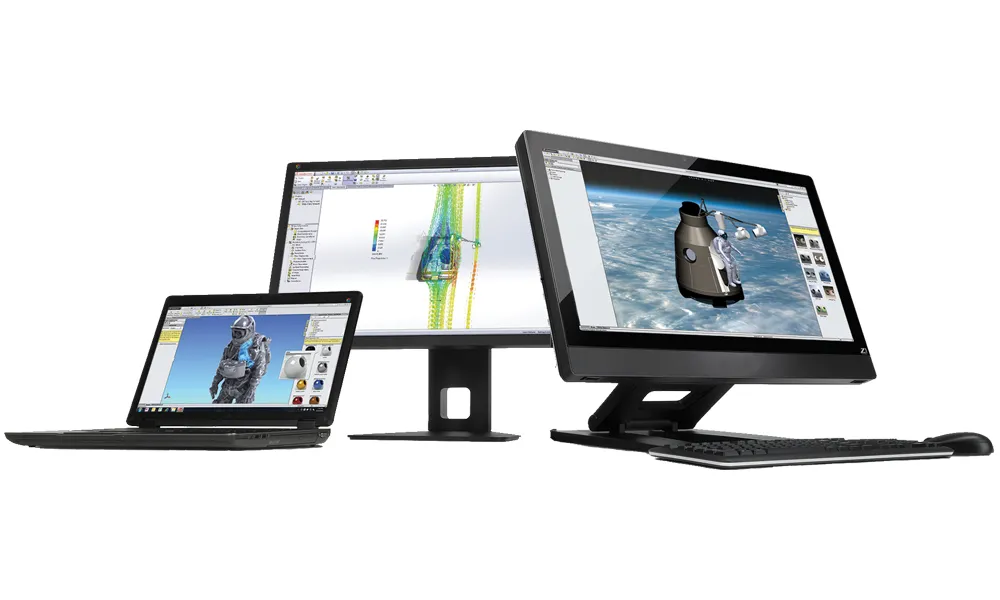
WEBINARS
Our engineering webinars are hosted by some of the top experts in the industry. They are always recorded, always free, and always offer a live Q&A. WEBINARS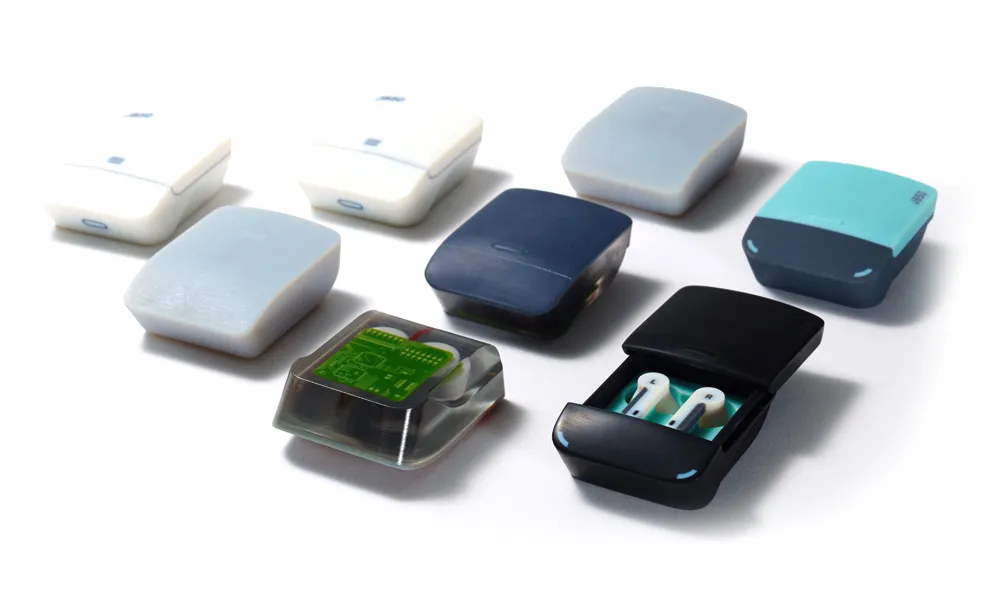
3D Printing Services
Need to 3D print a part? Our Additive Manufacturing experts will 3D print your part and deliver it to you using the latest technology on one of our professional FDM, PolyJet and SL 3D printers. 3D Printing Services